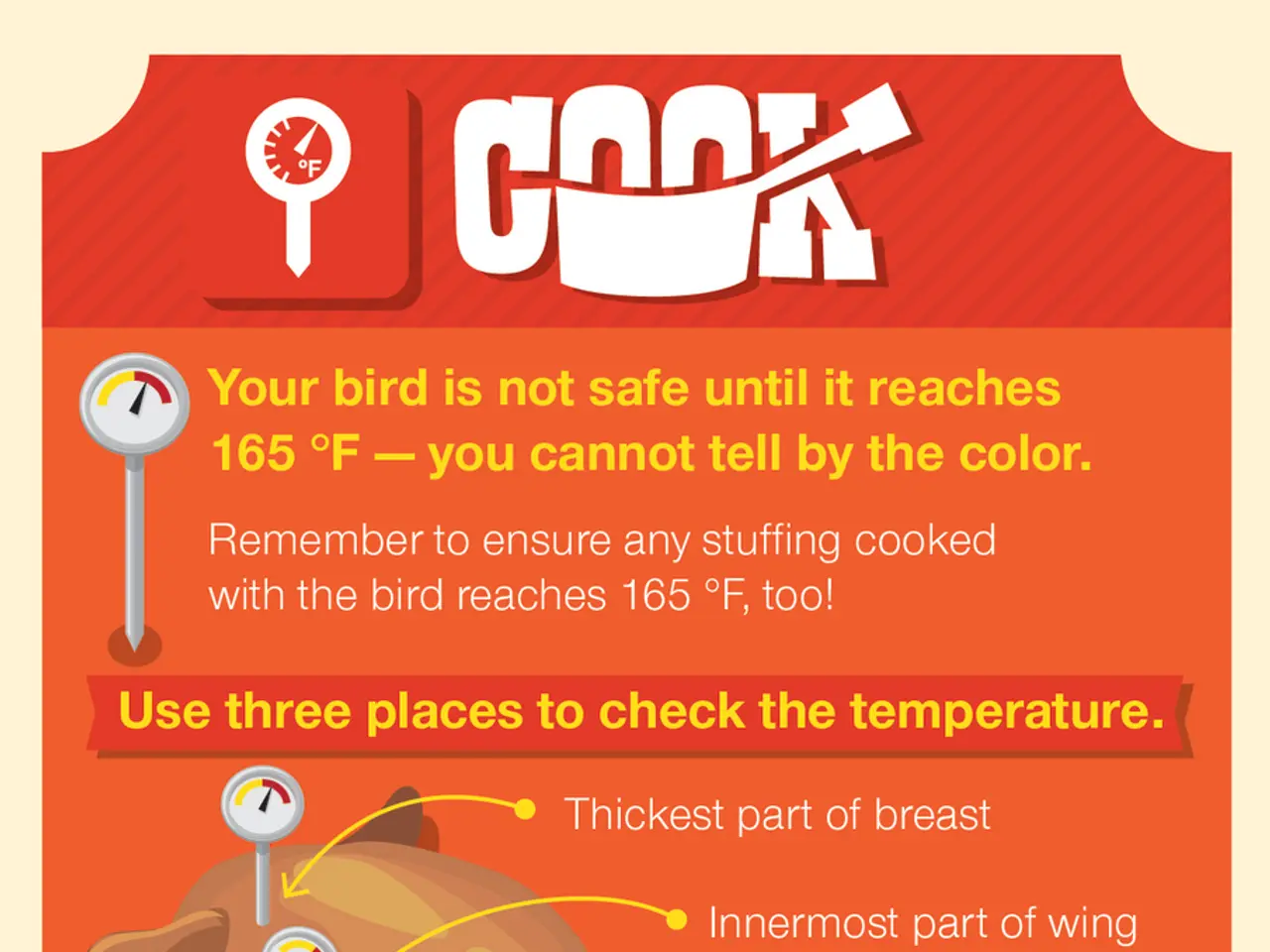Cost and Expenses of Medicare Part A: Involving Out-of-Pocket Payments and Premiums
In the realm of healthcare for seniors, understanding the costs associated with Medicare Part A is crucial. Medicare Part A, often referred to as hospital insurance, helps cover inpatient hospital services, emergency treatment, skilled nursing facilities, hospice care, and some home health care.
One key aspect to consider is Medicare supplement insurance, or Medigap, which can help offset certain costs of Medicare Part A. Medigap plans can help cover coinsurance for hospice care, copayments, and the deductible. However, it's important to note that Medicare Part A does not cover services for assistance with bathing, feeding, or dressing as these are not considered medical treatments.
For those who have worked at least 30 quarters or have coverage, or were married to someone with at least 30 quarters of coverage, they may buy into Part A for $285 a month. For those with less than 30 quarters of coverage, the full premium is $518 a month.
In 2025, the Part A deductible is $1,676. For Days 1 to 60 of an inpatient stay, the cost is the deductible amount. For Days 61 to 90, a person will pay $419 per day, and for Days 91 to 150 when using 60 lifetime reserve days, the coinsurance is $838 per day. For skilled nursing facility (SNF) stay, the costs include $0 for Days 1 to 20, $209.50 each day for Days 21 to 100, and all costs for Days 101 and beyond.
For hospice care, a person will pay $0 for covered hospital care services, but will have to pay a copayment of up to $5 for each prescription drug and other similar products while at home, and will cover 5% of the Medicare-approved amount for inpatient respite care.
For home health care, a person will pay $0 for covered services, but will cover 20% of the Medicare-approved amount for durable medical equipment (DME).
It's essential to note that there is no yearly limit to the out-of-pocket costs an individual may have to pay for Original Medicare (Medicare Part A and Part B). The costs of Medigap plans vary based on location, health status, and time of application.
Anyone with questions about coverage or the best time to enroll in a plan should ask their doctor or contact Medicare directly. Medigap plans are offered by private insurers and are assigned a letter from A to N. A person can enroll in a Medigap plan within 6 months of the original enrollment period, during which an insurer cannot refuse a policy based on preexisting medical conditions.
In conclusion, understanding the costs associated with Medicare Part A is vital for seniors to make informed decisions about their healthcare. With the right information and careful planning, individuals can navigate the complexities of Medicare and ensure they receive the care they need while minimising out-of-pocket expenses.
- To offset certain costs associated with Medicare Part A, Medicare supplement insurance, or Medigap, can be beneficial, helping cover coinsurance for hospice care, copayments, and the deductible.
- In 2025, the Part A deductible is $1,676, and for those who have not worked 30 quarters, the full premium is $518 a month, while for those who have, the cost is $285 a month.
- For hospice care, a person will pay $0 for covered hospital care services but will have to pay a copayment of up to $5 for each prescription drug and other similar products while at home, and will cover 5% of the Medicare-approved amount for inpatient respite care.
- For those in need of home health care, a person will pay $0 for covered services but will cover 20% of the Medicare-approved amount for durable medical equipment (DME).
- It's essential to note that there is no yearly limit to the out-of-pocket costs an individual may have to pay for Original Medicare (Medicare Part A and Part B), and the costs of Medigap plans vary based on location, health status, and time of application.




